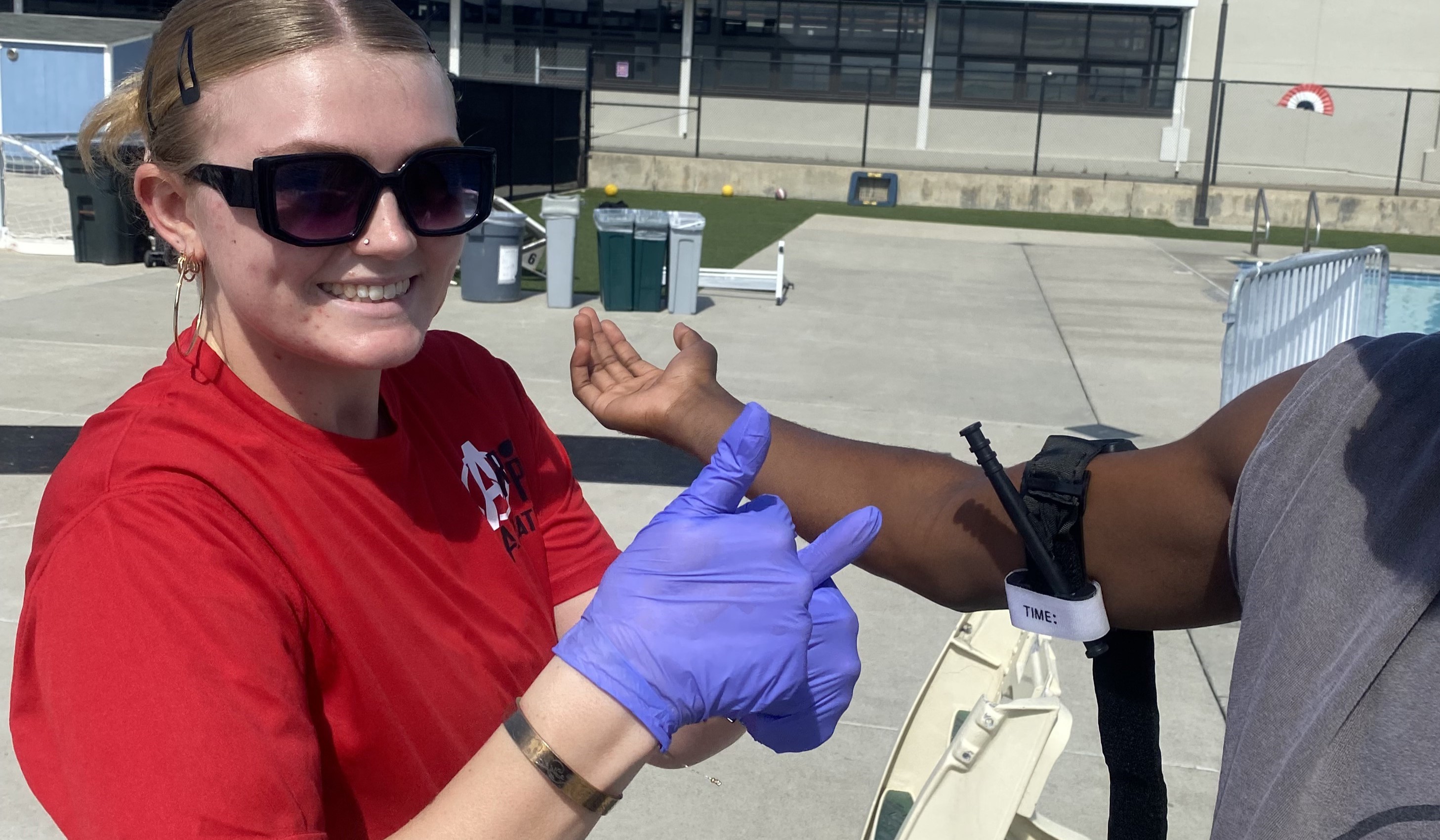You aren’t likely to see a celebrity spokesperson pushing the message.
Nor will it employ guilt-based tactics or a series of “worst nightmare” scenarios.
Instead, the educational campaign conducted by the Consumer Product Safety Commission to reduce child drownings and entrapments — a mandate of the Virginia Graeme Baker Pool and Spa Safety Act — is designed to focus on practical information, empowering messages and personal responsibility.
Spearheaded by Washington, D.C.-based public relations firm Widmeyer Communications, the campaign was slated for a “soft launch” April 26 during the National Drowning Prevention Symposium in Pittsburgh. Kathleen Reilly, public affairs specialist with CPSC, was scheduled to present Widmeyer’s research results and program goals to attendees.
Specifics of the federally funded effort were still being fine-tuned in the weeks leading up to Reilly’s presentation. But a March 31 meeting with representatives from nearly two-dozen partner organizations offered a glimpse into the campaign’s findings, objectives and strategies.
“I thought it was encouraging,” said Thomas Lachocki, Ph.D., CEO of the National Swimming Pool Foundation in Colorado Springs, Colo., who participated in the summit of coalition partners. “There really is a spirit of collaboration to empower organizations throughout our field, and I think one of the real keys is going to be consistency in messaging around the country.”
According to documents prepared and distributed by Widmeyer, the nationwide campaign will touch five distinct channels: the pool and spa industry, campaign partners (including nonprofits, safety and advocacy groups, and public health organizations), consumers, the media, and local and state governments. Activities are scheduled to begin in May and continue through November.
Over the past few months, Widmeyer conducted extensive research into various aspects of pool safety. The firm learned about the beliefs of target audiences through in-depth interviews and focus groups. And it sought to identify which types of messages would be most effective, as well as how and by whom those messages should be delivered.
Among the findings:
- Consumers are enthusiastic about pools and spas, and their past experiences and enjoyment seem to outweigh concern over drowning or entrapment.
- Though awareness of VGB is high among the pool and spa industry, the law is mostly unknown by consumers.
- A positive, empowering message is the most promising.
- “Real people” as spokespeople and news media attention top the list of messengers and outreach opportunities to best attract consumers.
- For CPSC’s public safety campaign, existing industry channels may be the best ways to promote compliance.
“The research Widmeyer conducted confirmed a lot of what we had heard anecdotally about pool owners and how they feel about their pools,” said Bill Weber, president/CEO of the Association of Pool & Spa Professionals in Alexandria, Va. “The key now is getting the message of safety, as well as the importance of swimming, across in a way that motivates positive behavior. The industry will be a key point of distribution, and we’re working to promote a more compelling, positive message as opposed to a negative one.”
Indeed, it echoed another primary challenge identified in Widmeyer’s research, and it’s a dilemma the industry knows all too well: How to convey an urgent, serious message when pools and spas represent fun and recreation?
What’s more, how can CPSC convince pool owners, who already believe they’re taking appropriate precautions, to adopt additional safety steps?
“We want to make sure that we’re pushing strategies that will work,” said Julie Gilchrist, M.D., medical epidemiologist at the Centers for Disease Control and Prevention in Atlanta, another coalition partner.
“There’s such positive reinforcement for bad behavior,” she added, “and it’s hard to get people motivated to change their environments and their lives when they perceive that it’s been working just fine up to this point. It’s very difficult.”
Difficult, yes, but industry leaders nonetheless remain upbeat about the prospects for a successful campaign, especially one that draws on so many disparate interests that, in the past, may have presented conflicting messages.
“If it’s done well — and it looks like it is — it’s going to motivate proper behavior, and it’s going to be good,” Weber said.
In related news, CPSC recently released its guidelines outlining the minimum requirements that states would have to meet before becoming eligible for grant monies under VGB. The grant program was put in place to encourage states to pass pool and spa barrier and anti-entrapment laws to help prevent child drownings.



